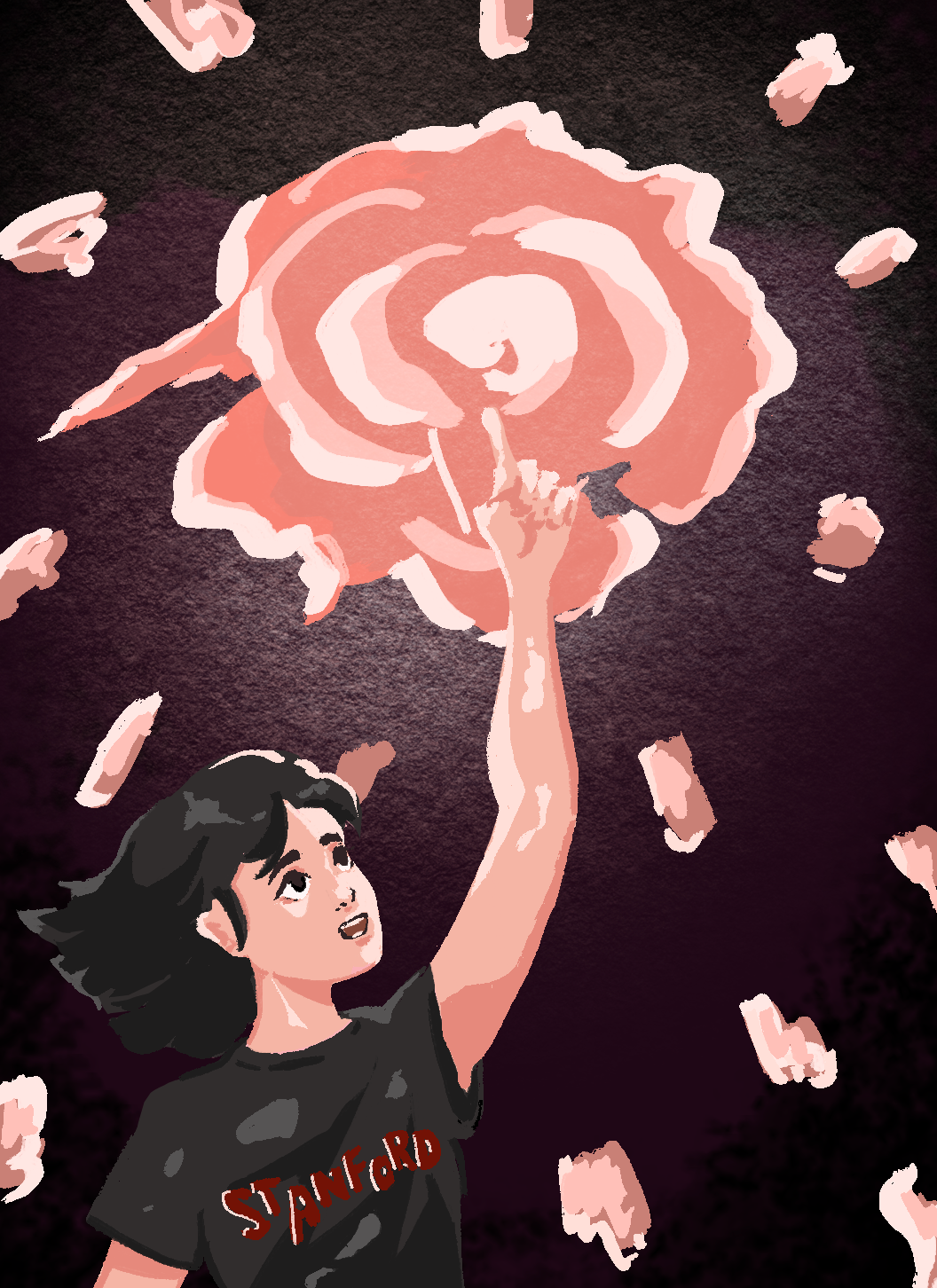Dear reader,
When you hear the word “Stanford,” what comes to mind? You may think of Stanford’s cutting-edge research in fields like computer science or economics. But did you know that 50 years ago, the Stanford Research Institute (SRI) was studying psychic activities?
Although SRI formally split from Stanford University in 1970, it still used the Stanford name after its split. It’s hard to imagine a name now synonymous with world-class research attached to a topic that is at best taboo and at worst pseudoscientific. However, in 1972, SRI researchers Russell Targ and Harold Puthoff were determined to understand psychics and how they could leverage their mysterious powers. Oh, and did we mention that the CIA was in on the experiments too?
Targ and Puthoff focused on one psychic in particular: Uri Geller. Originally from Israel, Geller had Targ, Puthoff and the CIA convinced that he had special, paranormal powers. One CIA document declared that as a result of Geller’s success in their experimental trials, Geller “demonstrated his paranormal perceptual ability in a convincing and unambiguous manner.”
But not everyone was convinced by Geller’s psychic powers. Ray Hyman, a psychologist at the University of Oregon, was invited to investigate Geller and SRI’s study. Hyman concluded that Geller was a fraud with no real paranormal powers. But what Geller did have, according to Hyman, was the power to create an illusion using his skillful “public relations campaign.”
This academic year was one marked by many moments of illusion and disillusion, from the fall of the cryptocurrency trading platform FTX to the story of Stanford imposter Will Curry. But what do we do once we fall under illusion or disillusion? The articles in this magazine explore just that.
Sophia Artandi ’26 takes us through present and past issues surrounding speech and activism by faculty to explore how our perceptions and value judgments have changed over time. Staff writer Sarayu Pai ’23 explores the history and cultural impacts of novelist Ken Kesey and the band The Grateful Dead. News desk editor Oriana Riley ’25 talks to Stanford students about duck syndrome and how it persists despite most being aware of its existence. Arts and Life managing editor Sofia Gonzalez-Rodriguez ’25 and news desk editor Itzel Luna ’25 examine the future of CSRE programs. Staff writer Cameron Duran ’24 gives our brains a challenge in her “Spot the Difference” piece. Sebastian Hochman ’26 discusses how some disciplines are seen as hobbies at Stanford while others are seen as careers. Finally, Michelle Fu ’24, Kris Nino ’25 and Judy Liu ’26 share with us several pieces of fiction.
We hope that the stories in this magazine inspire you to think about the illusions in your own life. Who knows, you may be living under one right now.
Thank you for reading —
Carolyn Stein ’24
